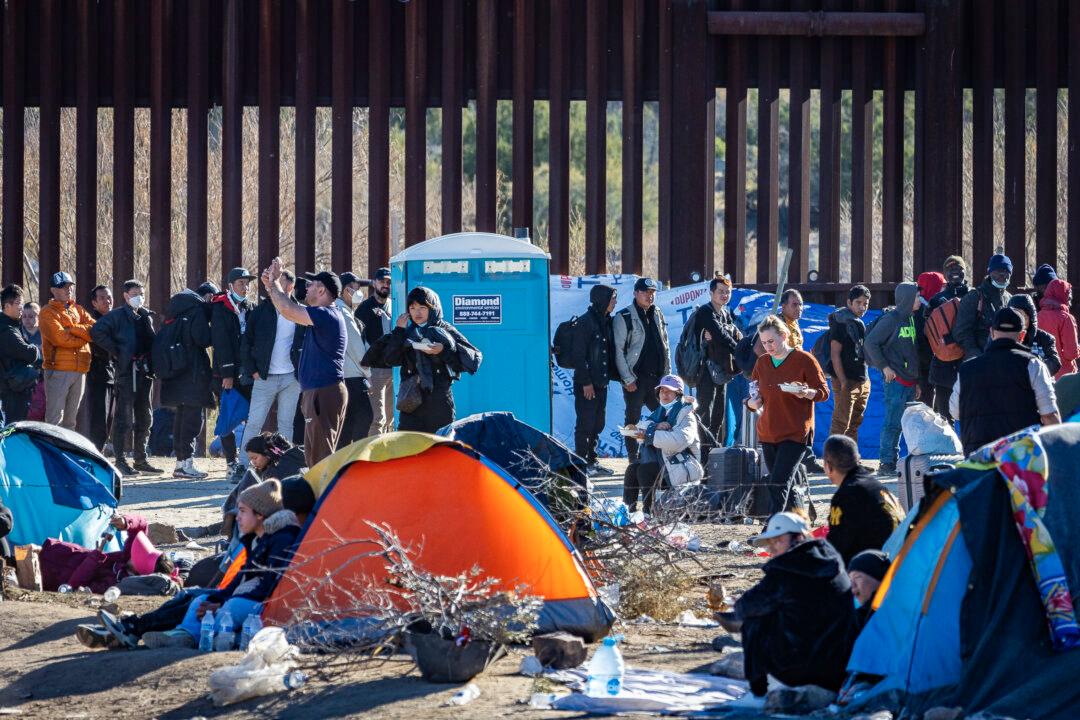The Department of the Interior has announced a substantial increase in estimated oil and gas reserves in the Gulf of America Outer Continental Shelf.
The total reserve estimate includes 5.77 billion barrels of oil and 7.15 trillion cubic feet of natural gas—a 22.6 percent increase in remaining recoverable reserves.
“This new data confirms what we’ve known all along—America is sitting on a treasure trove of energy, and under President [Donald] Trump’s leadership, we’re unlocking it,” Secretary of the Interior Doug Burgum said.
“The Gulf of America is a powerhouse, and by streamlining permitting and expanding access, we’re not just powering our economy—we’re strengthening our national security and putting thousands of Americans back to work.”
Unleashing US Energy
In his executive order issued on Jan. 20, Trump said that despite the U.S. abundance of energy resources, “burdensome and ideologically motivated regulations” have impeded its development in recent years.He ordered “energy exploration and production on Federal lands and waters, including on the Outer Continental Shelf” to meet domestic needs and establish the nation as a global energy leader.
On April 4, Burgum directed the Bureau of Ocean Energy Management (BOEM) to hold the next scheduled oil and gas lease sale in the Gulf of America, as these regions contain a “significant source of oil and gas for the nation’s energy supply, and BOEM’s latest estimates of technically recoverable oil and gas resources in undiscovered fields in the Gulf of America include 29.59 billion barrels of oil and 54.84 trillion cubic feet of gas.”
Making use of available resources “will lower prices at the pump, at the grocery store, and across all aspects of American life,” the secretary said.
“With this action, the Bureau of Land Management will no longer move forward with preparing an environmental impact statement for oil and gas leasing decisions encompassing 3.5 million acres across Colorado, Montana, New Mexico, North Dakota, South Dakota, Utah, and Wyoming, and the Bureau is evaluating options for compliance with the National Environmental Policy Act for these oil and gas leasing decisions,” the statement reads.







